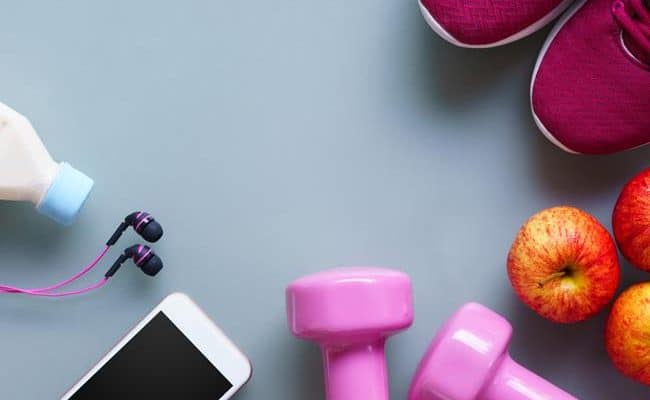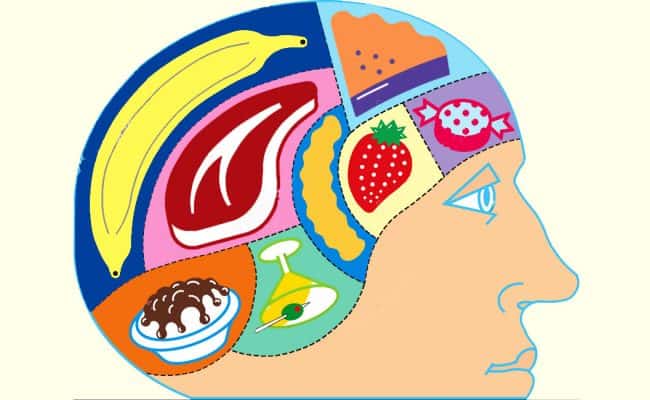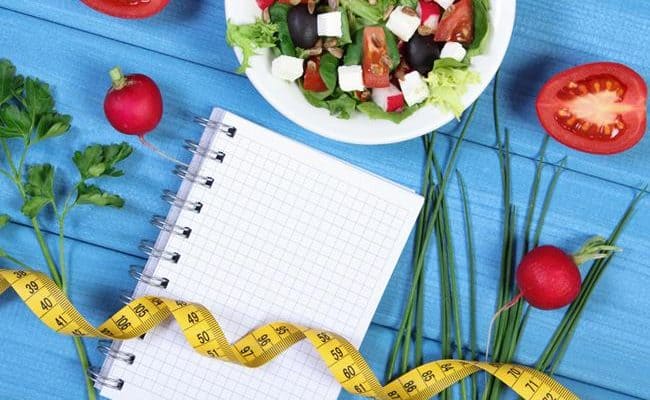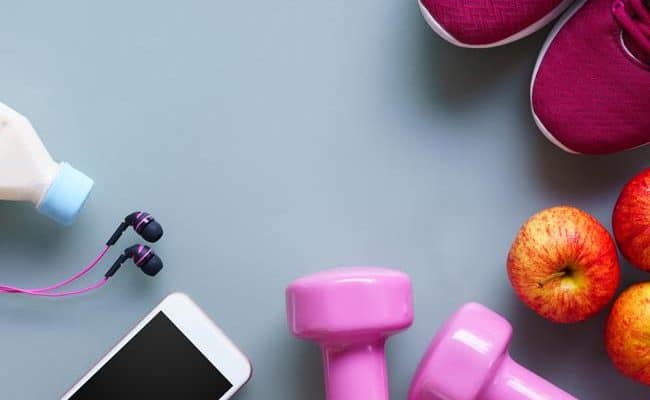
According to a 2015 Washington Post article (1) the average person in the United States consumes about 126 grams of sugar a day which is about 3 cans of soda. This amount of sugar is twice the amount recommended by the World Health Organization. The second leading nations with sugar intake are Germany with an average of 103 grams per day and Netherlands at 102.5 grams per day.
The concern with eating more than recommended amount of sugar is increased risk for negative health risks like obesity and type 2 diabetes.
A 2014 study (2) observed a significant association between added sugar intake and increased risk for cardiovascular mortality. Therefore, lowering intake of sugar is recommended for improved health.
Reducing your carb intake should focus on cutting out added sugar food sources. Many unsuspecting foods are sources of added sugar.
Lowering your carb intake may be recommended from your health care team for certain health conditions and may require a stricter reduction of carbohydrates. Speak with your physician before cutting out all carbohydrates or cutting carbohydrates below 45% daily calories.
Reducing your carbohydrate amount in a healthy way doesn’t have to be complicated.
Here are some easy ways to cut out added sugars which will in return reduce your carb intake.
#1 – Cut out pre-made sauces and condiments.
Commercially made salad dressings, sauces and condiments usually have a high percentage of sugar or high fructose corn syrup.
Cutting out these foods can help lower your carb intake, especially if you eat multiple sauces throughout the day.
Alternatives for adding flavor could be using extra virgin olive oil with balsamic, making your own sauces and condiments or using something like hummus or avocado for a sauce on a sandwich.
#2 – Swap in more protein for breakfast.
Eating more protein for breakfast instead of mostly carbohydrates could help you feel fuller longer through the morning. Some breakfast foods like cereal, bread, donuts or bagels are high in carbohydrates.
Switching in foods like eggs, cheese, low sugar yogurts, smoothies made with leafy greens in place of mainly carbohydrate foods can help lower your carbs and may help you feel satisfied.
#3 – Cut out juices and other sweetened beverages.
A first step for lowering your carb intake is to cut out sweetened beverages. Drinks like soda, sweet tea and juice are usually pure carbohydrates.
Juices often are associated as a healthy food, but a 2014 study (3) found some fruit juices have higher fructose levels than soda.
Another beverage that can be loaded with sugar are coffee drinks. Sweetened lattes or mocha type drinks can also have more sugar than soda.
Dairy products are a natural source of carbohydrates as well, so keep in mind any milk based drinks will be a source of carbohydrates.
#4 – Switch out chips or crackers for a small handful of nuts.
Popular snacks like chips or crackers are a source of simple carbohydrates. If you cut them out, that can help reduce your carb intake.
A healthy alternative for a salty snack can be a small handful of nuts. Many studies show an association between nut consumption and positive health benefits.
Nuts are a source of heart healthy fats, protein and contain little to no carbohydrates.
See also: 10 Low Calorie Low Carb Snacks
#5 – Switch out sweetened yogurts.
Yogurts can be high in carbohydrates because of the added sugars to make it sweet. Using plain yogurt or cottage cheese will cut down on the carbohydrate content.
If you want to make it sweeter, you can add in a little nut butter or a small amount of honey, fresh fruit or jam. This will still be less sugar than the pre-sweetened varieties.
#6 – Cut out fast food.
Fast food is usually a culprit for being high in simple carbohydrates, not to mention other ingredients that are harmful for you like trans fats and artificial preservatives.
Cutting out fast food can be good for your waist line, heart health and to lower your intake of simple carbs.
#7 – Swap out frozen pre-made meals.
Pre-made frozen meals, even frozen pizzas, can be have sugar or corn syrup as an ingredient even though they are savory foods. Many processed foods contain sugar as an ingredient because it is cheap and can help extend the shelf life for most foods.
Making your own meals and freezing leftovers can be a healthier option for a quick grab and heat up meal.
#8 – Use only half a bun or piece of bread.
Sandwiches, burgers and wraps all use carbohydrate foods as a base layer. To easily reduce your carb intake with these types of meals, use only half a bun or one piece of bread instead of two.
Use a piece of lettuce as a top layer to hold all the ingredients together. Some people cut out the bread or bun altogether and use lettuce. If you are using a wrap, use only half of the wrap.
Use whole grain options as much as possible for any bread or grain options for an added health bonus of fiber and nutrients.
#9 – Sub out potatoes, rice and pizza crust for cauliflower.
A popular low carb trend is to use cauliflower in place of higher carb foods like potatoes, rice or bread dough. Recipes available online tell you how to cook and prepare the cauliflower so it will look and taste like mashed potatoes, rice or even pizza dough.
Cauliflower like all vegetables still have carbohydrates, but it will be less than other starchy foods.
#10 – Bump up leafy greens.
Fruits and vegetables are carbohydrate sources, but they also have fiber and are loaded with antioxidants, vitamins and minerals. Before cutting out vegetables and fruits, consult your health care team.
One way you can reduce your carb intake is to swap out higher carb vegetables, like potatoes, corn or peas, for lower carb options like leafy greens.
If you make a smoothie in the morning using fresh fruit, swap out some of the fruit for leafy greens. This will keep the nutritional value high but can also lower the carb level.










